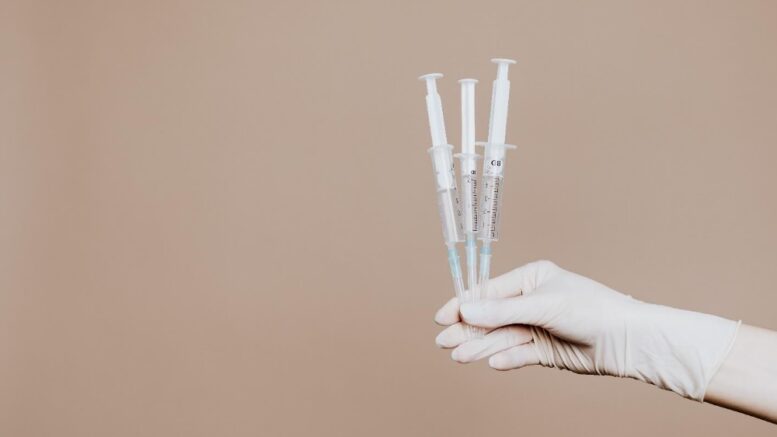It is hard to understate the importance of keeping things sterile in a laboratory environment. This is true for all parts of product development, especially when it comes to the pharmaceutical industry. In manufacturing, keeping the fill and finish process sterile is critical in parenteral drugs.
These are medicines that are not ingested, but rather injected somehow, usually via a syringe. Storing them and packaging them to ensure no contaminants are within can be difficult. Everything must be monitored closely. However, it is by no means impossible – in fact, it is necessary for the safety of anyone using these substances.
Why Keeping Sterile is So Important
This is a fairly basic concept in the world of microbiology. It is generally referred to as an aseptic technique. Because so many drugs target dangerous bacteria or viruses or other, chronic afflictions, the utmost care must be taken in their production. Otherwise, someone could get seriously hurt.
Now, this concept applies to pretty much any laboratory setting. This is especially true if you are researching any microbes, since any contaminants can have a significant effect on your culture and thus your study. There is always a slight risk of a microbe somehow interacting with your bacterial culture that you didn’t intend, but certain precautions can reduce this.
The goal of these techniques is to maintain a consistent environment that is controlled. Thus, the researcher can target specific organisms for their studies rather than having outside factors interfere. All lab workers, especially in something like microbiology, know these practices and implement them as they isolate cultures or samples for further testing.
What is Fill and Finish, then?
As we briefly mentioned above, fill an finish is usually used for the manufacturing of a specific type of drug, those being parenteral. These are very specifically non-oral. Because they are injected directly into our bodies, they need to be created in a very sterile environment.
You see, these drugs are usually given by going beneath our skin and even our mucous membrane. Some of the most common spots are in a vein, in a muscle, under the skin, or near the spinal cord. The stakes are quite high, meaning that fill and finish manufacturing is something to seriously consider if this is your chosen field of study and production.

This method means that everything is kept free from any outside microbes or substances at every step along the way. This includes the product itself, the facilities and equipment involved, any components involved, and any operators.
Something to keep in mind is that there are certain guidelines and regulations for this industry. They vary depending on what country you live in, so make sure to double check and do your research properly. If you work with a lab that provides analysis tests, they may be able to offer some counsel in terms of following the rules in your area.
One term that is applied to this is “terminally sterile,” which sounds a lot more frightening than it actually is. For this, usually heat or radiation is used to keep everything clean. Of course, given the delicate nature of many pharmaceuticals, this is not feasible in every case. That is when you should utilize aseptic fill finish instead.
In that method, each part of the final product is cleaned separately. It is only then that they are brought together to be packaged and shipped off. It is often a complicated process, and it requires some specialized equipment. That is why many developers of pharmaceuticals seek out an external servicer to perform the tasks for them.
Why it Matters
While to some extent this can feel like bureaucratic nonsense, sticking to guidelines is something we should always have on our minds. You can read more about this here. Along each step of the way, you should do your best to decontaminate your laboratory.
In the medical field, any contaminants can have serious side effects for any patients that the drug is used on. One of the somewhat-less worrisome parts of this is that any doctors trying to figure out what is going on might misdiagnose the problem. However, if this misdiagnosis results in the professional missing something dangerous for their patient, further complications could arise.
This would be a disaster, of course, which is part of why the techniques I’ve discussed today are so critical to utilize and follow. There are plenty of ways that you can keep everything clean. This might include washing your hands. Any researchers should wear all of the proper clothing as well, including gloves and a lab coat.
Long pants and shoes that have closed toes are also a part of this. The same goes for goggles. A lot goes into keeping environments free of any extraneous microbes, and it’s important to remember that.
